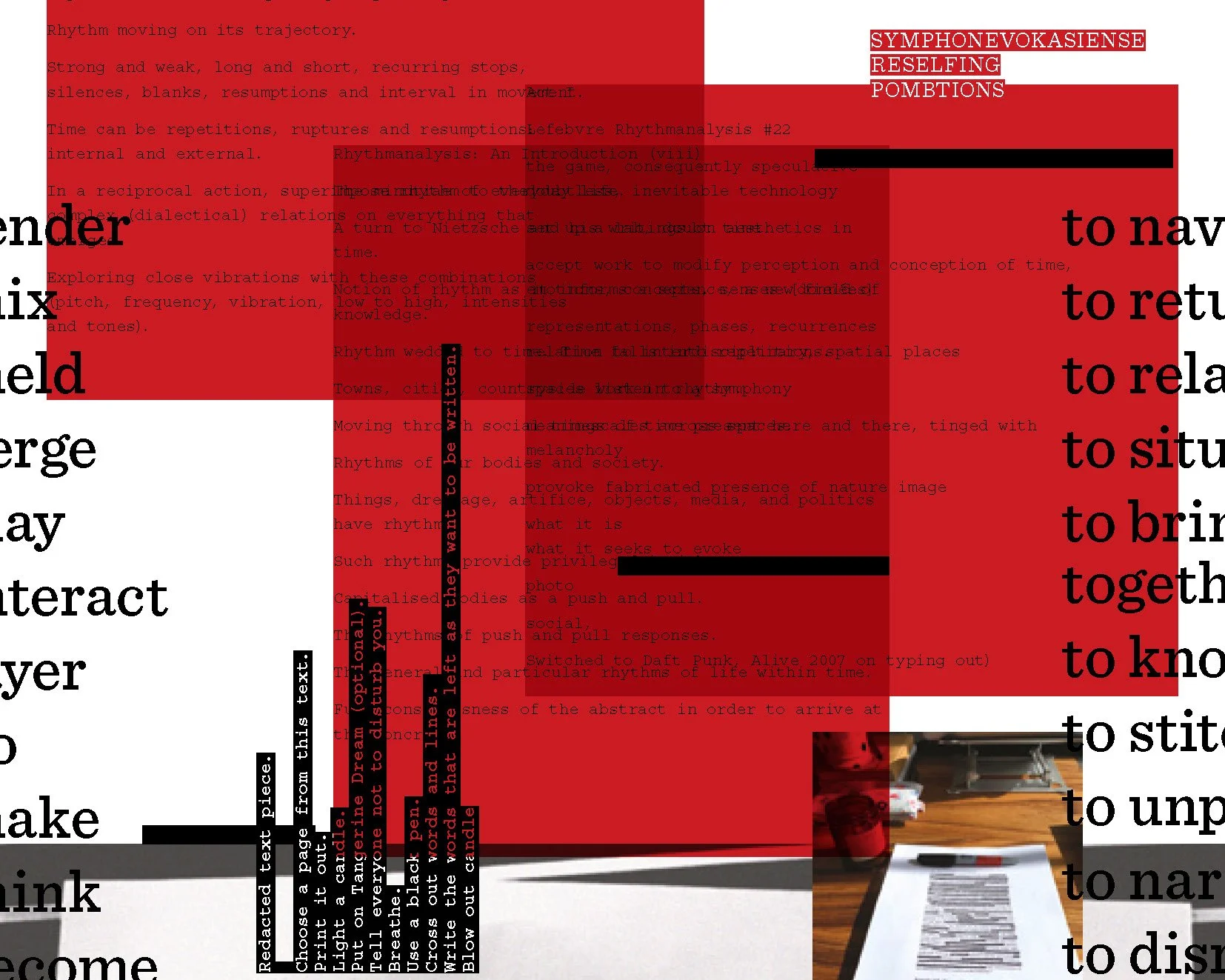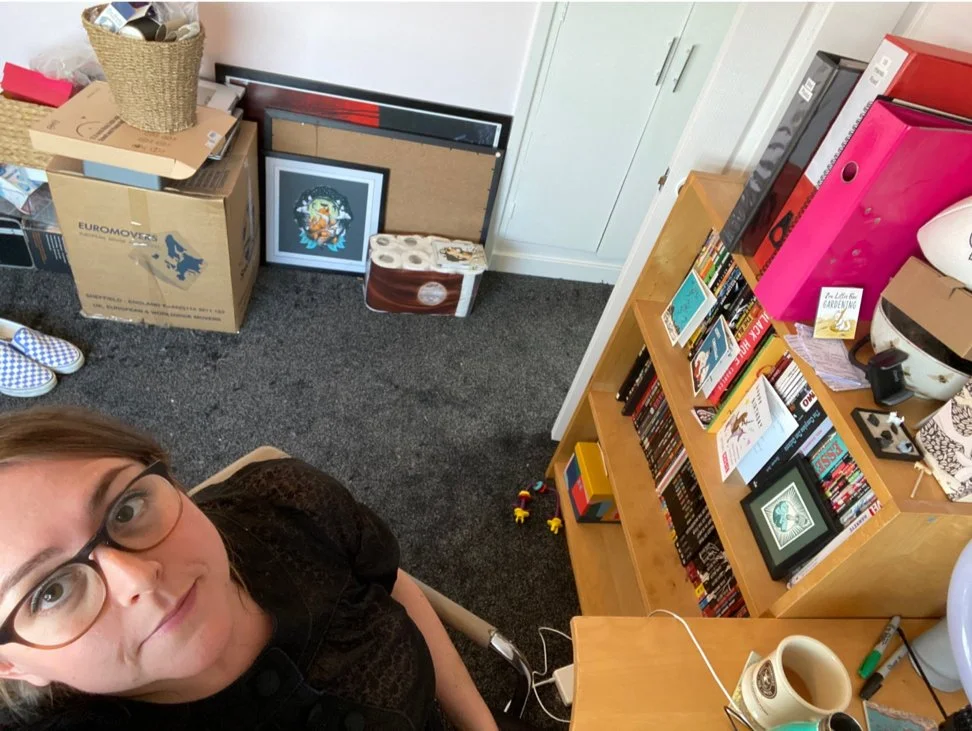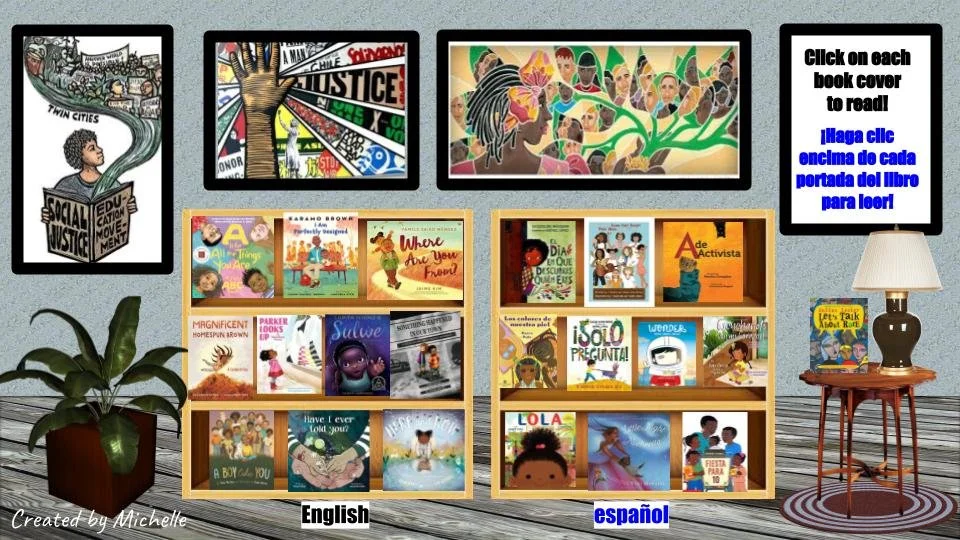Written by:
Yasemin Allsop, University College London, United Kingdom
Ekaterina Rzyankina, University of Cape Town, South Africa
Sumin Zhao, University of Edinburgh, United Kingdom
Jennifer Rowsell, University of Bristol, United Kingdom
Abstract: There are two stories to tell in this multimodal special issue of Digital Culture and Education. One story involves a group of female academics in need of inspiration during pandemic days who decided to produce a multimodal special issue. The other story is a colourful whistle-stop tour of public and private shelves. The through-line connecting both stories is Covid lives lived over a multitude days and ways framed by objects, rites, restrictions interspersed with nature walks, YouTube yoga, and cats on keyboards. Shimmering, fragile, and captive, pandemic life remains in our minds and hearts forever. This issue visualises these extraordinary moments through shelves of all sorts, shapes, and sizes.
Keywords: shelfie, multimodal, pandemic, creativity, visual essay









